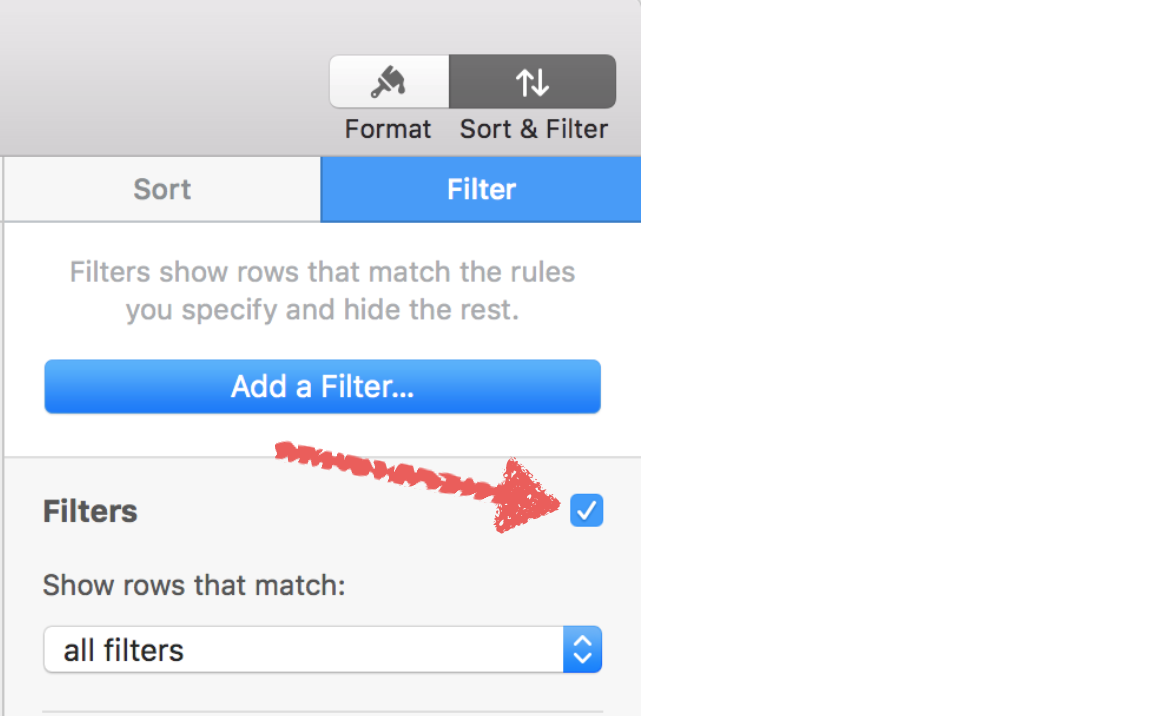"The only glitch in what you suggest is the way it is written: it follows the SUMIFS protocole but doesn't work, as for SGIII it is different from protocole ("&") but it works; and that i wouldn't have found the "&" thing."
Hi Lionnel,
My original form of the SUMIF did 'follow protocole,' but apparently presented the date in a format not recognized as a date within the context of SUMIF.
SG's solution also 'followed protocole,' but, as you've noted, that implementation of the protocol wasn't demonstrated in the examples provided in the function help documents.
The help description of the condition does include 'the "&" thing.' In the English version, it's referred to as "the ampersand concatenation operator," in the French version, "l'opérateur de concaténation esperluette," but again, no examples are provided.
From your screen shot:

Here, because A21 is inside the quotation marks, OS X sees it only as a text string. The & operator is needed to place A21 outside the quotes, where OS X can recognize it as a cell reference and change it to a token. OS X then retrieves the contents of that cell, the operator appends that result to the string inside the quotes, and the resulting text string (as required by SOMME.SIS and other ...IF and ..IFS functions) is read as a condition expression by SOMME.SIS.
English version showing recognition of A21 and A19 as cell reference tokens::

=SOMME.SIS(B2:B16;A2:A16;"<="&A21;A2:A16;">="&A19)
Regarding:
"Could Apple take this into account and provide a kind of check box to allow a match between the Filter rule and the calculation rule in one of the cells ?."
Do Provide Numbers Feedback and make a feature request to Apple. One of the criteria used is the amount of demand for each enhancement, so every request doe add a little weight.
Meantime, Apple does provide a checkbox in the Sort and Filter panel to turn filtering on and off (see image below) and if you set both the filter and the SUMIF to use the hidden column proposed by SG, you can easily add a check box to toggle between SUM filtered and SUM all (example below).
Sort Filter checkbox:

Check box to toggle between sum filtered rows and sum all rows:



Regards,
Barry